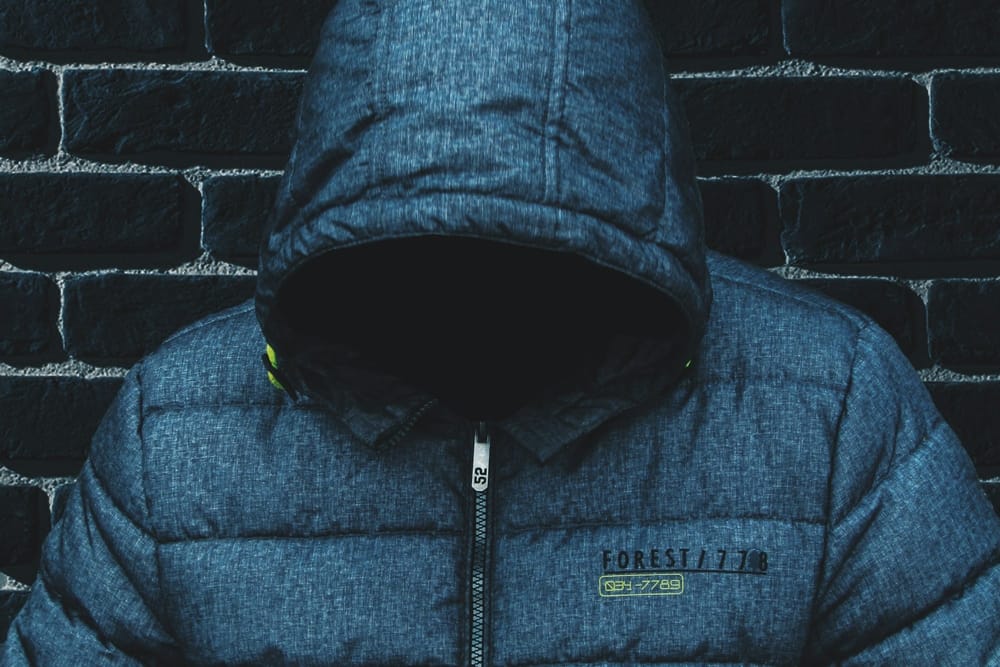Toerr is human,” the English poet Alexander Pope suggested in his 1711 Essay on Criticism. And yet, some errors are more egregious than others. For instance, after a shooting at Apalachee High School in Georgia, WSB-TV, an Atlanta station, made a faux pas that reignited the national conversation about racial bias in media reporting. The outlet posted a link to a new article using a photo of Mason Schermerhorn, a 14-year-old Black victim of the shooting with the caption “suspect, Colt Gray, was arrested.” The Daily Mail made the same misstep, misidentifying the Black student killed in the attack with the alleged shooter. Spilling a glass of milk is not the same as portraying a homicide victim as the perpetrator. While the former only requires a mop to clean, the other has a messier consequence. Sadly, even though Mason became a victim of gun violence, many Americans saw his face for the first time, portrayed as the suspect of a horrendous crime, a school shooting he was a victim of.
Two students and two teachers were killed in the Georgia school shooting, and nine more suffered injuries. And yet, the irony isn’t lost on the black community that the only victim whose image was mistakenly paired with the suspect’s identity was Mason, the Black student. Why are Black people often seen as the perpetrators rather than the victims of crimes? Far too frequently, they are stereotyped as criminally deviant, and sadly, Black teenagers are no exception to that phenomenon. Americans often assume criminal suspects are Black. While WSB-TV released an apology, claiming “one of the victims was unintentionally presented on X in a way that made it appear as if the victim was the shooter,” the media group fell short of taking accountability for the racial impact of their misstep.
Their colorblind atonement also failed to mention remorse for the potential effects on Mason’s family. This was a case of media malpractice, as they failed to review before publishing the story. Perhaps one takeaway is that updating a story published online with new details requires considering how those changes impact the appropriateness of the photo used to represent that article. In an era where most Americans receive their news online, it’s essential to consider how social media features impact the presentation and evaluation of information.
This mistake partly resulted from changes made since Elon Musk bought the platform X, formally known as Twitter. Headlines were displayed more legibly in the past, front and center, but are now placed toward the bottom of an image accompanying a link with small print. The caption implied the article contained more information on the suspect, a teenager named Colt Gray. However, the headline “Georgia School Shooting: What we know about the victims” appeared in small print toward the bottom of the image, obscured by two logos, buried in an overlay on top of the image. The juxtaposition of Mason’s face with the new information about the suspect caused confusion at a time when many Americans were seeking new details about the case. While some accuse Black people of playing the “race card” or embracing a victim mindset, the truth is that some refuse to acknowledge injustices Black people experience or see them as victims.
Some shared their concern that WSB-TV, the media outlet that mistakenly posted Mason’s picture, displayed more consideration for the suspect than the victim. Gerren Peterson, for example, said, “They circulated this baby’s picture as the suspect, but not the real perpetrator's picture after learning who he is,” highlighting that newer updates show “images of cars,” revealing “a massive double standard,” arguing they “shared no compassion for this child.” Of course, since the suspect is a minor, journalists are ethically prohibited from releasing his image. Nevertheless, his critique demonstrates the frustration many feel regarding the racial bias in media reporting.
We’re left to wonder whether the suspect would be shielded in the same way if he were Black. It’s no secret that there’s a racial empathy gap in traditional media. Smiley and Fakunle found the historical criminalization of Black males in traditional mass media marginalizes and de-victimizes these individuals. Still, we should be cautious about assuming that simply caring about Black people is enough to mitigate racial disparities. Sandoval suggested that even “engaging in racial empathy does not in and of itself undo the civic relations of anti-Blackness.” Nevertheless, it’s clear the media doesn’t always treat Black victims and suspects the same, a problem that perpetuates racial stereotype endorsement.
While WSB-TV issued an apology, they missed the opportunity to engage in constructive discourse about how racial stereotypes contributed to their error. Whether subconscious bias, overt racism, or a clerical error impacted the decision to post that caption paired with Mason’s image, the outcome was the same — misidentifying a Black victim with a suspect. Far too often, when people are confronted with accusations of racism, they focus on intention, but it doesn’t matter whether or not those who made this decision were racist, biased, or simply in need of a stiff cup of coffee. Focusing on intention instead of impact is not a neutral stance, as it extends plausible deniability to those who erred and no grace at all to those harmed in the process. It would be more just to consider the impact of such mistakes, such as spreading misinformation and perpetuating racial stereotype endorsement. Including more Black and racially diverse writers, editors, and reporters can help mitigate this type of media malpractice. But that's another story for another day.
This post originally appeared on Medium and is edited and republished with author's permission. Read more of Allison Gaines' work on Medium.
